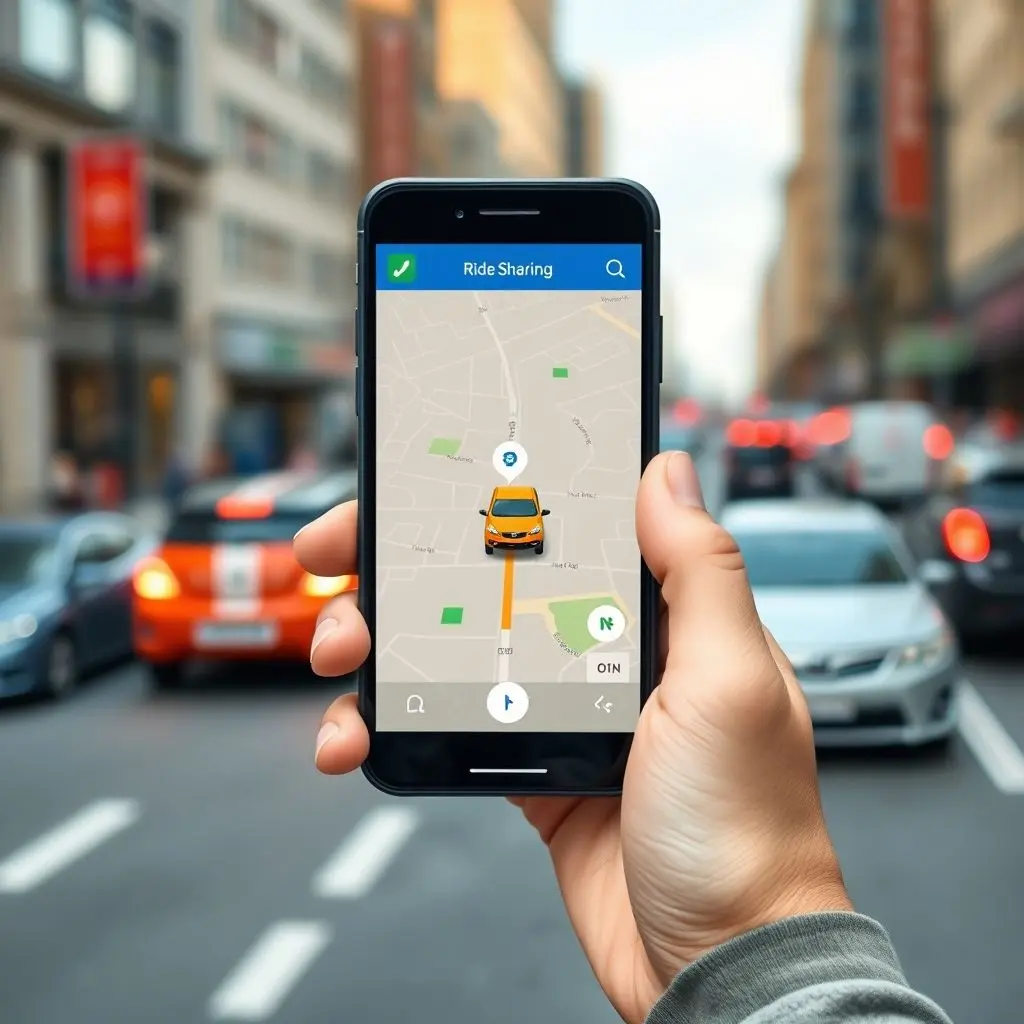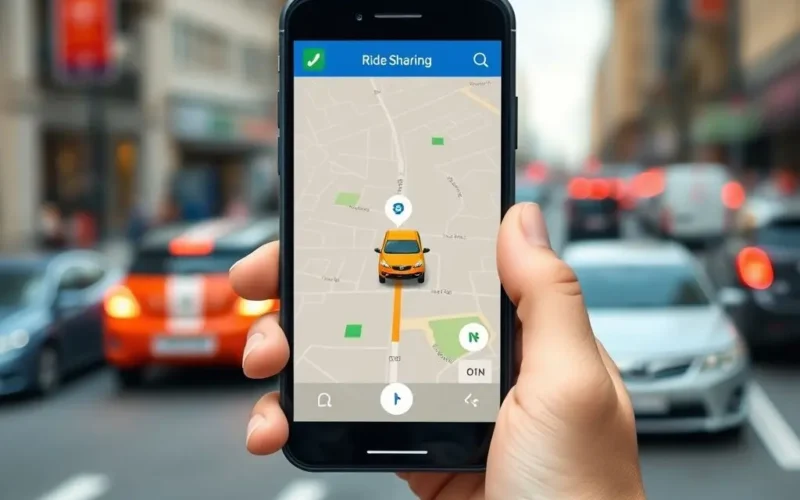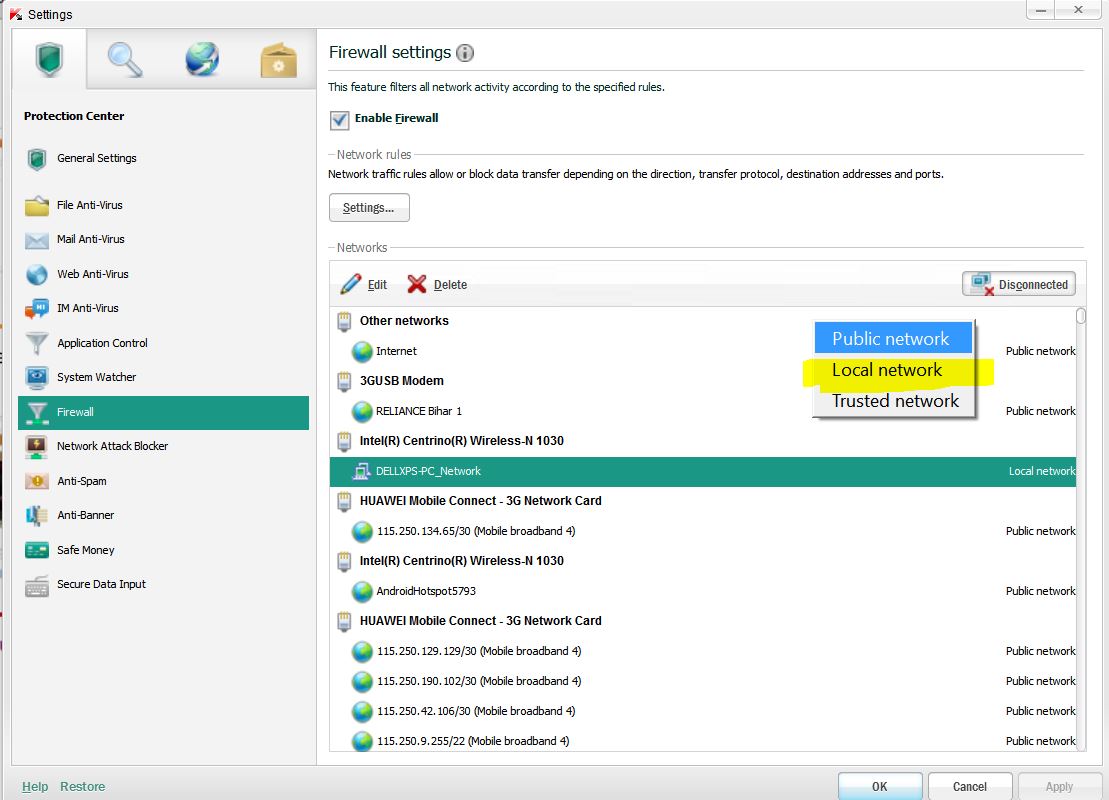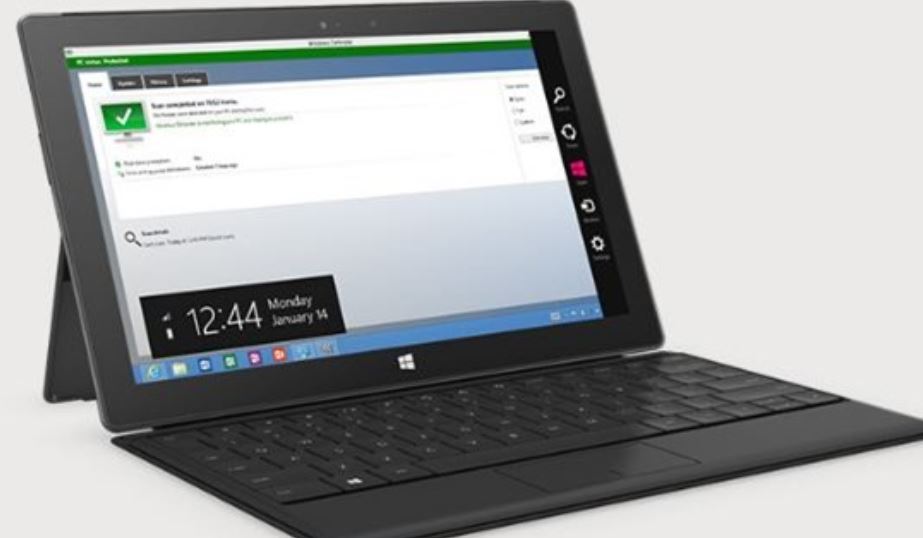Remember the days of standing on a street corner, arm outstretched, hoping a vacant taxi cab would magically appear? A bit of a relic of the past now, isn’t it?
The advent of ride-sharing apps didn’t just offer a new way to get from point A to point B; they fundamentally disrupted transportation as we knew it. With a simple tap on a smartphone, a ride arrives, seemingly out of thin air. While the immediate benefit of convenience is undeniable, this technological shift has rippled through society in ways far more complex and profound than simply replacing the traditional taxi.
They’ve ignited fervent debates around the nature of work, compelled us to reconsider trust and safety when sharing journeys with strangers, and even altered the intricate dynamics of urban traffic flow. Whether you’re a frequent user, a driver, or simply an observer, the influence of these apps on how we navigate cities, earn a living, and connect with others is a phenomenon impossible to ignore.
Just how far-reaching is this impact? Let’s take a moment to see a quick snapshot of this revolution:
A Quick Visual Spin: What Ride-Sharing Changed
Table of Contents
The Pre-App Era: A Different Landscape
Before Uber and Lyft became household names, urban transportation primarily relied on personal vehicles, public transit, and a regulated taxi industry. Taxis, while convenient at times, often came with challenges: inconsistent availability, particularly during peak hours or in less central areas; opaque pricing that could surge unexpectedly based on metering and routes; and the occasional struggle to find a driver willing to go to certain destinations.
For many, owning a car was less a luxury and more a necessity for mobility, contributing to parking woes and traffic congestion. Public transit served fixed routes and schedules, which didn’t always align with individual needs or last-mile connectivity.
Ride-sharing stepped into this landscape, promising a frictionless, on-demand alternative powered by GPS and smartphones. It was a direct response to perceived inefficiencies and gaps in the existing transportation ecosystem.
The Revolution of Convenience and Accessibility
Perhaps the most immediate and celebrated impact of ride-sharing is the sheer convenience it offers. A few taps on a phone app connects a passenger with a nearby driver almost instantly. Real-time tracking, fare estimates upfront, and cashless payment are features that drastically simplify the process compared to the traditional street hail or dispatch call.
This accessibility has been particularly transformative for:
- Late-Night Travelers: Providing a safer alternative to driving after consuming alcohol or walking alone.
- Individuals with Mobility Challenges: Offering more flexible and direct transportation options, although accessibility for specific needs (like wheelchair-accessible vehicles) remains an ongoing area of development and debate for many platforms.
- Tourists and Visitors: Navigating unfamiliar cities without needing local currency for fares or worrying about being taken on indirect routes.
- Areas Underserved by Public Transit: Extending transportation options beyond fixed bus or train lines, though coverage can still vary significantly.
This ease of access hasn’t just changed individual habits; it has also influenced perceptions of car ownership, particularly in dense urban areas where parking is scarce and expensive. For some, the cost and hassle of owning a vehicle now outweigh the benefits when reliable ride-sharing is available.

The Gig Economy Engine: Opportunities and Challenges
Beyond passenger convenience, ride-sharing platforms rapidly became central figures in the burgeoning “gig economy.” Millions of individuals worldwide signed up to become drivers, attracted by the promise of flexible hours and the ability to be their own boss.
Opportunities for Drivers:
- Flexibility: Drivers can set their own schedules, choosing when, where, and how much they want to work. This appeals to those needing to supplement income, students, or individuals with other commitments.
- Lower Barrier to Entry: Compared to becoming a licensed taxi driver with medallion costs or specific vehicle requirements, starting as a ride-share driver often requires just a qualifying vehicle and passing background checks.
- Supplemental Income: For many, driving is a way to earn extra money on the side or fill gaps between jobs.
Challenges for Drivers:
- Classification Debate: The most significant ongoing challenge is the debate over whether drivers are independent contractors or employees. This affects access to benefits like minimum wage guarantees, overtime pay, health insurance, and collective bargaining rights.
- Variable Income: Earnings can fluctuate significantly based on demand, time of day, location, and platform algorithms. Drivers bear the costs of fuel, maintenance, insurance, and depreciation on their vehicles.
- Lack of Traditional Benefits: As contractors, drivers typically don’t receive paid time off, sick leave, or employer-sponsored retirement plans.
- Platform Control: Despite being ‘independent,’ drivers are heavily reliant on the app’s interface, algorithms, and rating systems, which can impact their ability to earn.
This model has created economic opportunities but has also sparked intense legal and social battles over workers’ rights and the future of employment in a platform-driven world.

Safety, Trust, and Accountability
Getting into a stranger’s car inherently involves trust. Ride-sharing apps have implemented various features aimed at building this trust and enhancing safety:
- Driver Background Checks: Standard practice involves checking driving records and criminal history, though the depth and frequency of these checks have faced scrutiny.
- Vehicle Information: Passengers receive the driver’s name, photo, vehicle make/model, and license plate number before the ride begins.
- Real-Time Tracking: Journeys are typically trackable via the app, allowing friends or family to follow along.
- Rating Systems: Two-way rating systems allow both drivers and passengers to rate each other, creating a feedback loop intended to encourage good behavior and performance.
- Safety Features: Many apps now include in-app emergency buttons, safety centers, and anomaly detection (e.g., long stops).
Despite these measures, incidents, unfortunately, still occur, raising questions about the effectiveness of safety protocols and accountability when something goes wrong. Issues have included assaults, harassment, and concerns over driver fatigue or distraction. The responsibility of the platform versus the driver in these situations remains a complex legal and ethical challenge.

Shifting Urban Dynamics: Traffic and Transit
The impact of millions of ride-share vehicles operating daily within cities is a subject of ongoing research and debate. Initially, some hoped ride-sharing might reduce car ownership and congestion. However, evidence suggests a more complicated reality:
- Increased Vehicle Miles Traveled (VMT): Studies in major cities like New York and San Francisco have indicated that ride-share vehicles contribute significantly to VMT, partly due to ‘deadheading’ (driving without a passenger) and cruising while waiting for fares.
- Impact on Public Transit Ridership: There is concern that ride-sharing may divert passengers away from public transportation, particularly for shorter, less convenient transit routes, potentially undermining the financial viability of transit systems.
- Curb Congestion: Ride-share vehicles stopping for pickups and drop-offs can add to traffic bottlenecks, especially in busy downtown areas.
- Reduced Parking Demand (Potentially): While congestion might increase, successful ride-sharing could, over time, reduce the demand for parking spaces, potentially freeing up valuable urban land.
The relationship between ride-sharing and urban traffic is multifaceted and varies by city, influenced by local geography, existing infrastructure, and regulatory approaches. It’s clear they are now a significant factor in urban planning and traffic management discussions.

Regulatory Challenges and the Road Ahead
Governments and regulatory bodies worldwide have grappled with how to classify and regulate ride-sharing services. Existing laws designed for traditional taxis often don’t fit the new model, leading to battles over licensing, insurance requirements, accessibility mandates, and driver classification.
Many cities have implemented new regulations, sometimes met with resistance from the platforms themselves. This ongoing tension between innovation and regulation continues to shape how ride-sharing operates globally.
Looking forward, the trajectory of ride-sharing is likely tied to further technological advancements:
- Autonomous Vehicles: The long-term vision for many platforms involves transitioning to fleets of self-driving cars, which could drastically alter the cost structure (removing the driver) and potentially address some safety concerns, while raising new ones (technology reliability, job displacement).
- Integration with Other Mobility: Ride-sharing apps are increasingly integrating with public transit information, bike-sharing, and scooter services to become comprehensive mobility platforms.
- Subscription Models: Offering subscription packages for frequent users could change pricing dynamics.
The future promises even more interconnected and potentially automated transportation networks, with ride-sharing having paved much of the way for these innovations.
FAQs About the Impact of Ride-Sharing Apps
Got questions swirling? Here are some common ones:
Are ride-sharing apps better for the environment?
This is debated. On one hand, they could reduce private car ownership. On the other, increased VMT from deadheading and competing with efficient public transit can potentially increase emissions. The shift towards electric ride-share vehicles is a key factor in improving their environmental footprint.
Do ride-sharing apps increase traffic congestion?
Evidence from many large cities suggests they do contribute to increased vehicle miles traveled and congestion, particularly in core urban areas, partly due to operational patterns like cruising between fares and double-parking for pickups/drop-offs.
Are ride-share drivers employees or independent contractors?
Globally, this is a highly contested legal question. In many places, they are classified as independent contractors, which gives them flexibility but means they don’t receive traditional employee benefits. Some jurisdictions are enacting laws requiring platforms to provide certain benefits or reclassify drivers.
How do ride-sharing apps handle passenger and driver safety?
Apps employ features like background checks, real-time GPS tracking, in-app emergency buttons, sharing trip details with contacts, and two-way rating systems. However, the effectiveness of these measures and accountability in case of incidents remain areas of concern and focus for improvement.
Will self-driving cars replace ride-share drivers?
This is a stated goal for some ride-sharing companies in the long term. While fully autonomous fleets are not yet widespread, pilot programs exist. If successful, this would fundamentally change the ride-sharing model, eliminating the need for human drivers but creating massive job displacement and new regulatory/safety challenges.
The Journey Continues…
From scrapping for a taxi on a rainy night to summoning a car with a flick of your thumb, transportation has undergone a seismic shift. Ride-sharing apps were the vanguard of this change, proving the viability of on-demand, platform-based mobility. They haven’t just altered how we travel; they’ve reshaped urban environments, sparked new economic models (and battles), and challenged our perceptions of safety and trust in a digitized world.
Their story is far from over. As technology accelerates and societal needs evolve, the platforms will continue to adapt, integrate new modes of transport, and perhaps one day, operate fleets that drive themselves. The path forward is complex, filled with both exciting possibilities and significant questions that cities, regulators, workers, and passengers must navigate together.
The ride-sharing revolution is a powerful case study in how technology can rapidly transform established industries and generate widespread impacts, both intended and unforeseen. The future of getting around is still very much in motion, and these apps have undeniably taken us for a significant spin.
If this exploration got your thoughts rolling, consider giving the embedded video above a watch! And stay tuned for more insights into the tech shaping our world.





